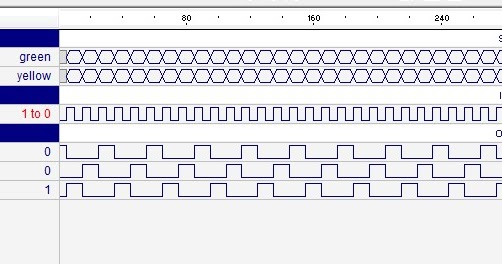

By the end of the project, students will have gained a better understanding of digital system design methodologies through hands-on experience. A bottom-up with a partially specified design methodology is used to encourage students to use their breadth of knowledge and creativity. These include FPGAs, VHDL for modeling and synthesis, finite state machines, embedded microprocessors, memory interfaces, serial communication, and signal synchronization.

The project incorporates many concepts and components that are discussed in detail throughout the course. The intersection is complete with sensors to detect the presence of vehicles waiting at or approaching the intersection. Students implement a fully functional traffic signal controller for a four-way intersection. The simple traffic light controller design project was introduced to alleviate this shortcoming and to ensure students gain experience in solving implementation and interfacing problems of a modern digital system. The lack of integration prevented students from fully realizing a complete digital system during the course of the class. When the clock signal changes, the next way lights changes to yellow. Only one way lights allowed to be green and the other are red. In the past few years, laboratory exercises for our Digital Systems course were typically self contained. Transcribed image text: Design a 4 Way Traffic Light Controller Using Verilog Project This project aims to implement a fully functional traffic signal controller for a four-way intersection (north, south, east and west).


 0 kommentar(er)
0 kommentar(er)
